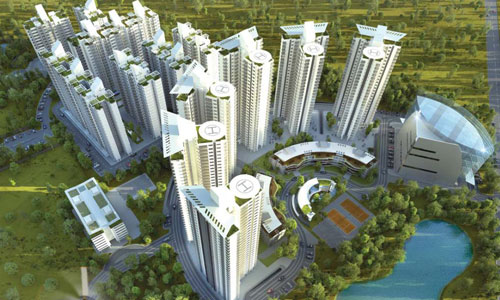
Red Fort Capital to raise $500 mn property fund
Red Fort Capital, an India-focussed real estate private equity firm,…

Red Fort Capital, an India-focussed real estate private equity firm,…
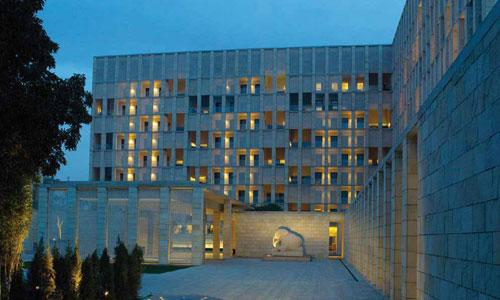
China-based conglomerate, HNA, has joined the race to buy Aman Resorts, the biggest non-core asset of realty major DLF, according to analysts and bankers.

Economic growth and real estate performance are two significantly intertwined characteristics. It is widely accepted fact that demand for real estate space is drawn and influenced from economic environment.
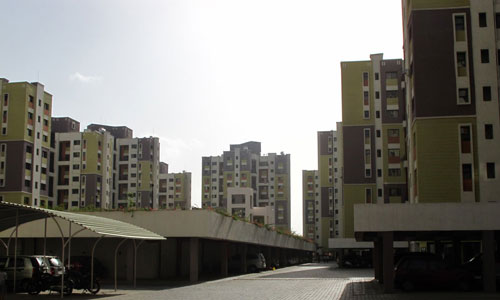
The Indian realty estate companies reeling under plunging sales and liquidity issues have something more challenging to negotiate-the piling debt in their balance sheet and the banks’ deadline to repay coming close.

Year 2011 was a challenging year for the Indian real estate sector. It was a year which brought to the mainstream need for policy level changes.
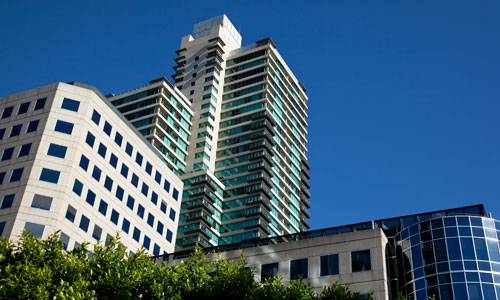
One of the biggest problems afflicting the sector is its high level of debt. The debt load of 11 listed real estate companies stands at Rs.38,500 crore.

It may be momentary down because of rising interest rate, macro economic hue, affordability issues borne out of demand-supply mismatch and overall market sentiments, but forecast for the residential real estate is definitely robust.
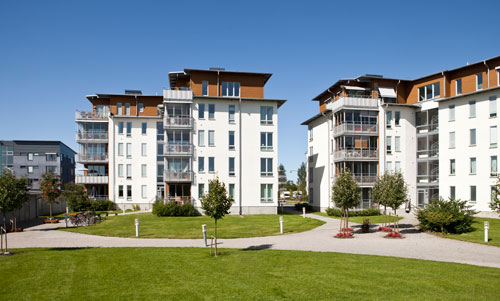
A Knight Frank report suggests revenues of real estate companies have dropped by 19 per cent and profits have declined by 70 per cent, over the past four financial years, since 2007-08.

In the absence of any serious academic research, the sector in terms of brand presence & cutting edge competitiveness has been lacking, to say the least.
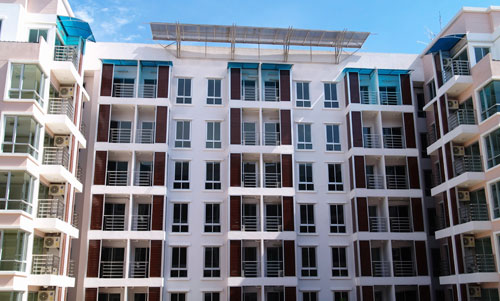
For how long can Indian real estate remain in a state of denial? It is time to get realistic with the ground realities that suggest pre-2007 days are over.
